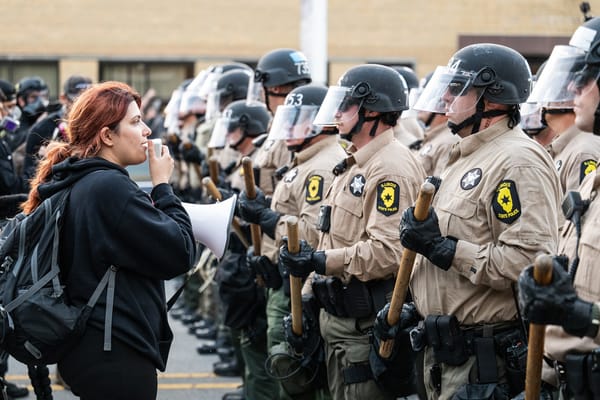Publishing for the privileged
Two service updates I’m interested in:
Substack has introduced a “bestseller” badge for its top-selling newsletters, as a sign of quality. Newsletters on Substack don’t need to have paid tiers, but this badge is only given out to newsletters that have a lot of paid subscribers. The implication is that non-paid newsletters will experience FOMO - and potentially a drop in new subscribers because they don’t have the badge - and try to climb the ladder. It’s the first time that Substack, to my knowledge, has tied quality visibly to revenue.
Twitter has started selling its blue “verified” badge for $8 a month, replacing the previous system that gave badges to notable individuals in order to protect them from impersonation and abuse. Twitter will also demote tweets from non-verified users, treating them like “email spam”, effectively meaning that you’ll need to pay a minimum of $96 a year to get reach on the platform. Again, this ties revenue to quality: the only people worth being heard, according to Twitter’s new leadership, are people with money. Notably, the feature is only available on iOS in the “US, Canada, Australia, New Zealand, and the UK”, which fundamentally limits the global inclusivity, and therefore the value, of the platform. It’s an odd choice. Based on precedent from Musk, I expect it to be partially rolled-back on a whim, but it’s here for now.
The danger with both plans is that only people with money can be heard. A Substack newsletter by someone with no existing following is unlikely to make it into the bestsellers list; therefore, people who already have privilege and power will find it cemented by the platform. And while $96 might not seem like a lot of money from an upper middle class American perspective, for most people in the world it’s an unjustifiable cost. Without mitigations, we’re likely to find ourselves in a world where voices from vulnerable populations remain underheard or even suppressed.
That’s clearly a problem from an equity and inclusion standpoint - and therefore also in terms of reader experience. The narrower the context and demographics of the people who produce most visible content are, the more homogenous it becomes, and therefore the more boring. We all gain a lot by being exposed to people from contexts and backgrounds different to our own. Not only is building a platform that elevates diversity the right thing to do ethically, it builds a healthier community with more interesting conversations. It’s better all the way around.
I think we’ll see the two platforms diverge in their approaches. Substack will quickly figure out that it needs to elevate different voices to continue to grow: audience diversification is key to it. Twitter, meanwhile, will probably not figure this out in a way that it can act on, not because there isn’t a way for it to be acted on, but because it seems to have lost all semblance of acting on a coherent strategy or mindset under Musk. Substack has some real editorial ethics problems to contend with, but it seems to be adept at the fundamentals of community growth.
I also want to call out that Medium under Tony Stubblebine is figuring out these problems in a very thoughtful and transparent way. As Tony points out in the last link, the quality bar is not up for debate; the question is, who’s in consideration to find an audience to begin with.


